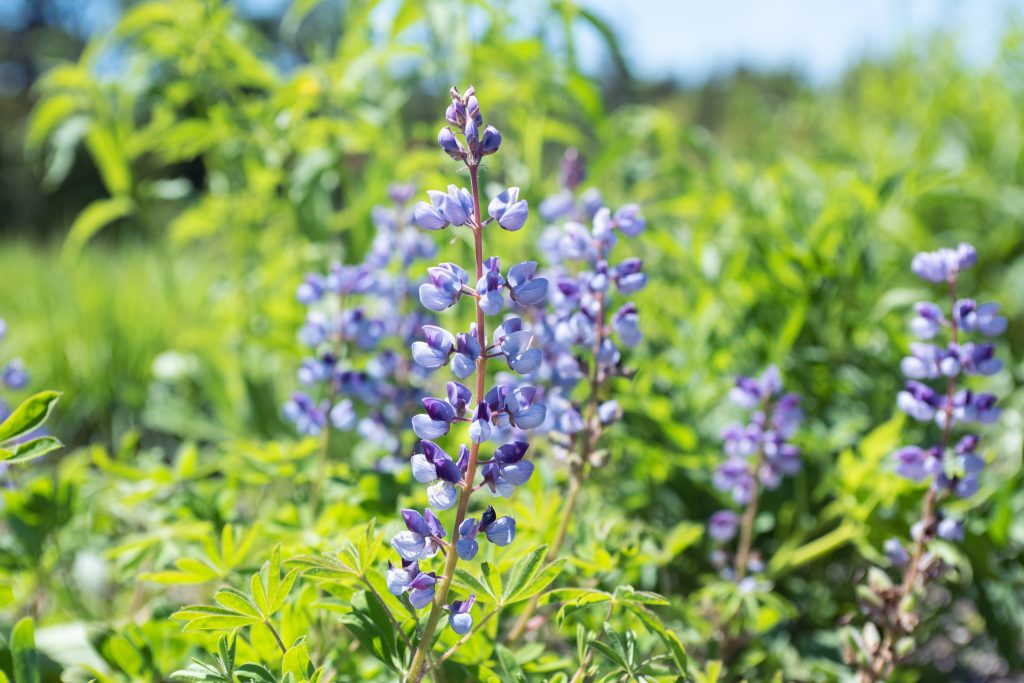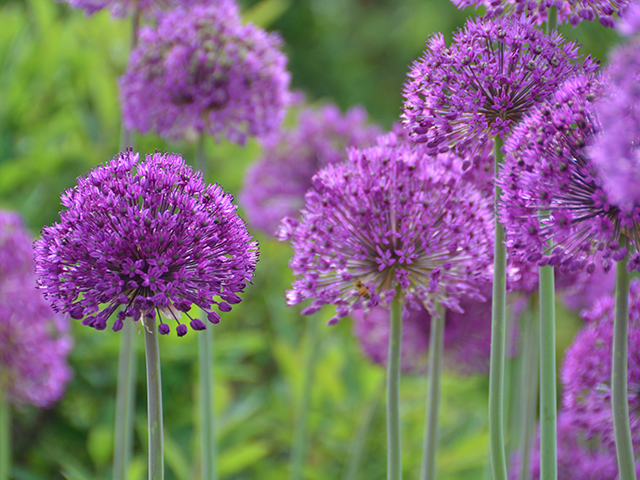I grew up in a small town in New Hampshire and spent lots of time outside and amongst plants, learning to tend and grow plants through work in our large family garden. While in the throes of this homesteading education, I became entranced with the idea of plants as garden ornament. My first love and interest in ornamental plants came with daylilies – stalwarts of the New England landscape. Visits to the local nursery were always adventures into the exotic and unknown when I was little. I was amazed with the diversity of size, color, and form daylilies could display. At first, I collected those that seemed farthest from the rusty orange and simple yellows that had grown up with – acquiring pinks, purples, and bi-colored blooms. Ruffled and narrow, spidery forms in any hue – it seemed as though there were no limits to the variation. For almost a hundred years before I found them, plant breeders had been working with daylilies to create those fancy hybrids. All of the modern selections available today came from humble origins of yellow, dull orange, and brown-red flowers found in naturally occurring daylily species.

Today there are over 90,000 named varieties, almost infinite options beyond the forms many of us grew up with. Most of the daylilies on nursery benches today are a far cry from their wild ancestors, and have been through a long process of trialing, propagating, and distribution. After many years of these behind-the-scenes efforts, new varieties appear in a shiny black pot, adorned with a glossy stick tag loaded with descriptive info. Following my childhood interest, I have found my way to becoming a plant geneticist, with in strong interest in creating and discovering new plants worthy of a space in the garden. And as CMBG evolves, plant development will be one of my primary focuses! Talk about a dream job for me. I will unabashedly admit my daylilies will come along for the ride.
The next step from collecting daylilies is breeding them to create plants of ones’ own. I have been breeding daylilies for almost half my life – pushing two decades. In that time I have found immense joy in the wonder of growing of hybrid plants from seed. Daylilies are easy plants to grow from seed, and as all things go, just as easy hybridize. Their reproductive parts are large and conspicuous and set seed without much trouble. Playing pollinator can be great fun! Thousands of backyard hybridizers exist in the United States today. With the seemingly endless horizons of color, size, form, and height, I’d wager it’s impossible not to find a favorite style to work with.
Breeding plants is much like that of any other domesticated organism. One has to determine the creative goal is, and then select plants as parents that either have those traits of a lineage of those traits; then marry them together via cross-pollination. Results in seedlings can be surprising, showing traits that were not at all anticipated based on parents. It’s really exciting to see how it all shakes out. 
My work in breeding daylilies has been to create plants with traits yet unseen in these plants. I have been a chaser of blue tones, trying to capture this elusive blue color that has yet to be seen in daylily flowers. Similar endeavors have been undertaken with other plant groups like roses, clematis, and dahlias, with varying degrees of results. I also have interest in developing daylilies with unique, multi-color patterns. Concentric rings, bands, and starburst markings of boldly contrasting colors are patterns I feel could provide dramatic, multicolored floral displays.
For my many years of work, I have made some gains toward these goals, but many more generations await before I come close to achieving them. I may never create in the garden I see in my dreams, but the chase is quite a wondrous adventure. I have created two hybrids worthy of official registration, one can be seen in the Great Lawn beds outside the café here at CMBG. It produces peach-orange double blooms for more than a month, giving it amazing garden visibility due to its long bloom period. I gave this plant the name ‘Unexpected Extra,’ for two reasons: it came from a line of breeding that did not include either orange or double flowers, and also for my surprise of my twin boys who were similarly nowhere on the radar. It’s amazing how the unexpected things that come along can make all the difference.

‘Unexpected Extra’ on the Great Lawn at the Gardens
While I move into breeding many other kinds of plants here in Boothbay, I won’t ever lose sight of those daylilies which inspired my thoughts of coloring garden spaces with my own living works of art. I have great hopes that my frantic summer toils playing little bee will result in wonderful new plants for the landscape. Stay tuned!

